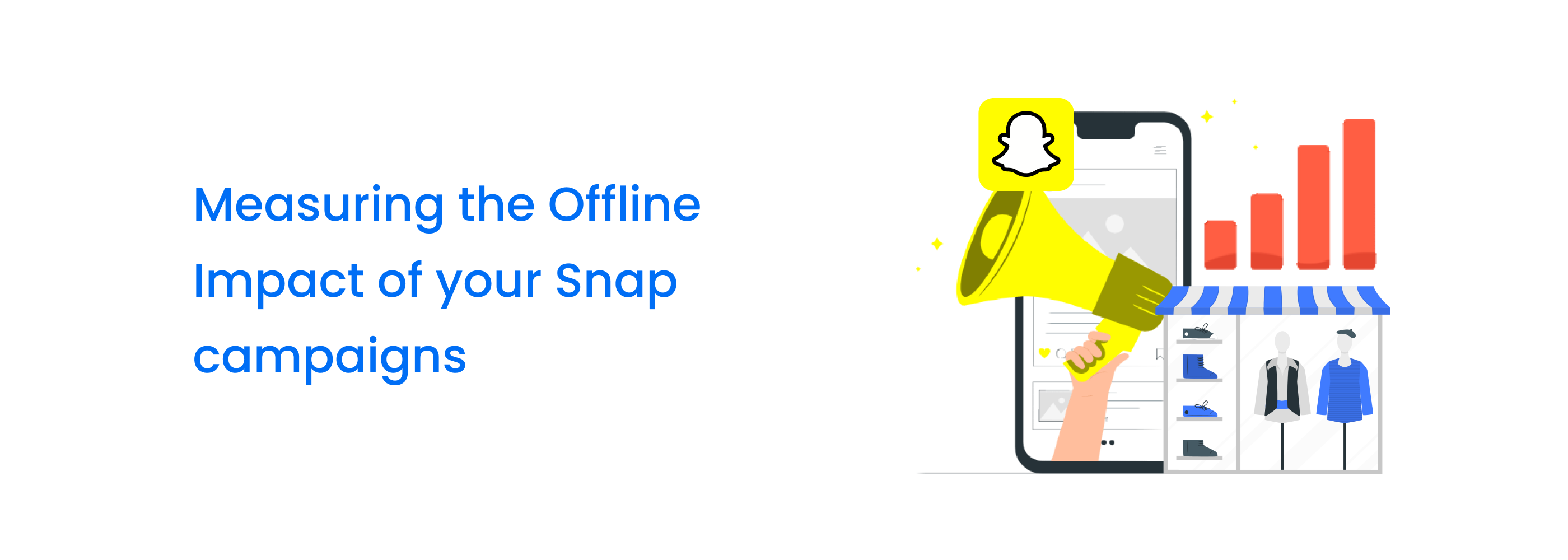Realizing the value of first-party data is crucial for brands in 2023
2023 is a few weeks away, and we can already see ourselves planning for the new year. As the saying goes – ‘A rising tide lifts all boats.’ For the advertising industry, the tide is the growth of first-party data. The rise of first-party data can be directly traced to the phase-out of third-party identifiers or third-party cookies. So why is first-party data destined to be crucial to how brands design and execute their first-party data strategy?
To be precise, first-party data is the data collected directly by brands from their customers. And only the brand has access to the data – meaning that this data is not purchased through a data marketplace or distributor. A first-party data strategy indicates your plan for this data and it can be used to support your goals.
Companies that use first-party data to their advantage capture tangible business results. Here is how…
Build a lifecycle revolving around first-party data
Information that is shared directly by people with their consent provides brands with insight into their customers and this has a competitive advantage. While it may require marketers from companies to understand their data sources and the quality of data – it does have minimum regulatory requirements. Applications are another touchpoint that allows marketers and retailers to form long-term customer relationships that then can fuel results. 87% of retailers say that their app users are loyal and have a higher lifetime value than non-users, and this makes data from this channel crucial.
Measurement is key when we think of a first-party data strategy but is often not the case in other markets the world over. If you ponder a little more on the subject, measurement allows people to share their data in return for features that they value – Premium content/ offers. Testing this data allows people to identify the types of value exchanges that can lead to data sharing and creating a cycle around first-party data with customers. Research has validated that companies that link their first-party data sources can generate 1.5x the revenue from a single Ad placement or outreach as compared with those with limited integration with data.
In addition, better customer experience demands better quality of data, and brands need to understand both individual and audience patterns in how users interact with their brand or product. Companies have been investing in data as their role in digital marketing grows. Respondents can compare how various categories of data perform for various goals. In addition, first-party data also promises to garner a high Return on Investment (ROI) and has the potential to do more.
All this can be achieved provided marketers invest in a reliable first-party data tech that is regulation compliant and a privacy-first solution.














